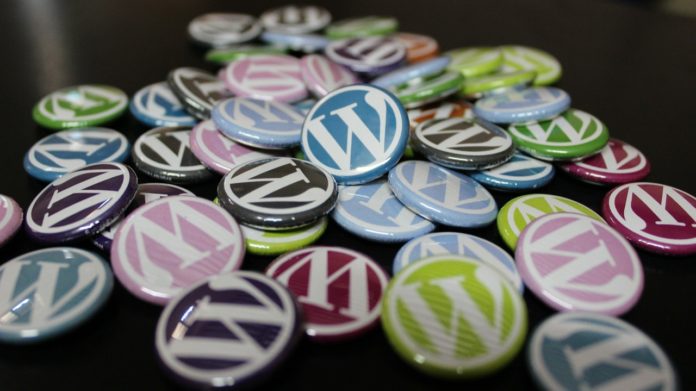Developing a WordPress website is one of the best choices you can take to elevate your business to higher heights. However, the process shouldn’t be rushed to make the best out of it. There are several things that you need to familiarize yourself with before delving into WordPress development. These are the best practices that need to be followed when developing your website. This may involve performing a simple task like plugin updates or redesigning your blog, all these tasks require total concentration to build the best WordPress website.
I know your mind is already focused on how you intend to perform your next project and I am not here to rubbish it but to help you improve your effectiveness and efficiency when creating your WordPress site and this has everything to do with your workflow. With that small introduction, here are 5 effective tips to incorporate best practices when developing your WordPress website.
Always make site updates in a test environment
It is important to always maintain a good and clean working environment before delving into a project. Whenever you are planning to make a change directly on your WordPress website, you expose your website to the risk of crashing the website. If your site is tied to your business, it is always important to avoid downtime is critical to avoid at all times, as this could lead to a drop in sales. To avoid this risk, the best thing to do is to test the environment to update your WordPress site. You can approach this using a staging site. The local environment if you are you is testing functionality or brand new site design. Several plugins can help you achieve this one of them being Flywheel which is a free app that helps you get started fast. The rest of these practices should be tried in a test environment before pushing to production.
Get to know the Gutenberg editor (WordPress 5.0)
With the introduction of Gutenberg editor in WordPress 5.0 in 2018, it didn’t mean that Classic Editor was absolute. Classic Editor will still be supported until December 31st, 2021. However, it won’t hurt you if you get conversant with Gutenberg Editor until that time. If you don’t want to run into any risk of crashing your site, it is recommended that you set up a local environment when experimenting with the new editor in WordPress 5.0.
For content creators, they can try creating a new post with Gutenberg to see how it feels to use blocks. This can also help them discover new ideas for formatting future articles. Developers, on the other hand, can import a copy of their live sites into your local environment. The sites are then updated WordPress 5.0 for troubleshooting. This will allow them to see how your site’s existing content reacts to Gutenberg. After that, they can then decide to try it to live sites.
Update your themes and plugins
This is not so new a tip but it’s important if you want to maintain the workflow and that is why I had to include it in my list. The best way to ensure that all your plugins and themes are working as they ought to is to perform updates frequently. It may look tiresome running through all the sites you manage just to update these things, but it is critical for your website’s speed and security.
If you decide to use older versions of plugins and themes you risk exposing your website to vulnerabilities such as malware and hackers. Comparing to how long it’s going to take to clean up the mess brought about by malware, it is better to update your plugins and themes in a good time.
Make sure your sites are mobile-friendly
Another tip for best practices that is not so new is ensuring that your website fully responsive and mobile-friendly. If you are using updated plugins and themes, your website will perform incredibly fast for smaller screens. And that helps to improve visitor’s interaction with the website. Running a custom design website requires you to think more about making it mobile-friendly. In the process of achieving this you and if you identify any changes you need to make, test them in a local environment or staging site first. This is to avoid those weird user experiences when in the middle of an update.
Add SSL certificates to every site
Unlike in the past where SSL certificates were only considered important for certain types of sites, like e-commerce shops and another site that require sensitive information from clients, today, having SSL is considered as best practices for your WordPress development, even for a personal blog or website. Since Google cares so much about the user experience it has started flagging sites without an SSL certificate as “not secure.” This is not a good thing for you and it will affect your website ranking negatively. You can start with your website provider if you haven’t installed an SSL certificate on your website yet. This is common with many managed hosts.
Conclusion
All these tips are helpful for your site and workflow. However, all the changes should be made in a test environment first to avoid the risk of losing all your data when the website crashes. That is it, my five tips for the best practices in your WordPress development. Although there are many others, these5 will work out just well.






















